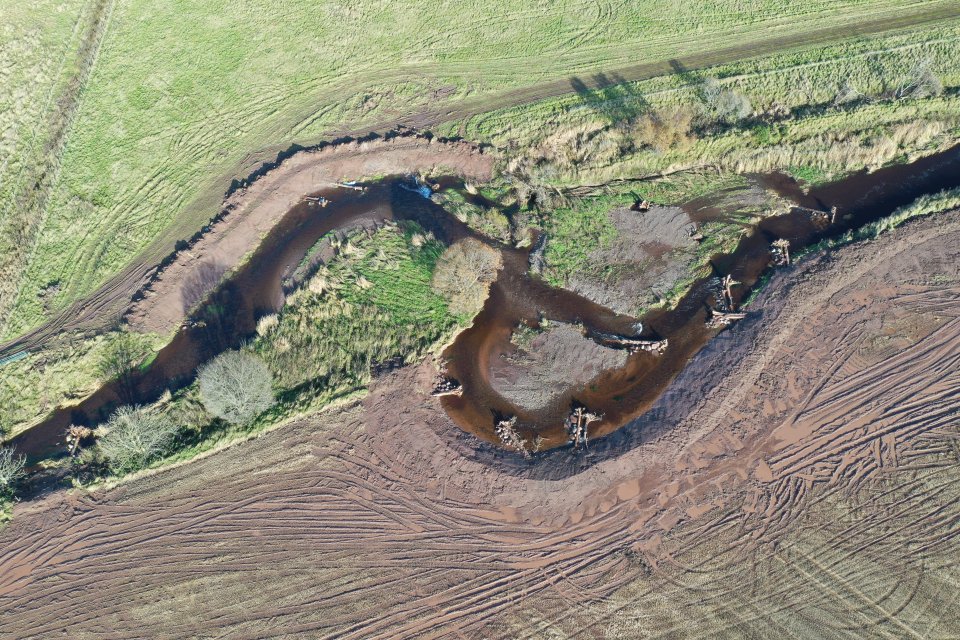
With agriculturally productive lowlands and carbon rich peatlands of the highlands, the Forth Valley provides a rich and diverse landscape with a wide range of ecosystem services that have been impacted by centuries of mining, industry and urban expansion that along with poor management has compromised the natural assets of soil, water and air and includes areas of significant economic deprivation. Mining communities in Clackmannanshire and the Leven rank as some of the most deprived areas on Scotland, ranking Highest in Deprivation indices in employment, income, crime and education. Despite this, the diverse landscape, interconnected with rivers, lakes, estuary and coastal environments presents many of the solutions required to support a smooth inclusive and just transition to a net zero economy, whilst mitigating against the extremes of climate change.
This case study aims at a comprehensive restoration of a river and its adajcents land, including developing sustainable businesses, tourism and transport whilst not increasing carbon emissions or negatively impacting on biodiversity of the area. River connectivity and water quality are to be improved for migratory fish (eel and Atlantic salmon) and to reduce flood risk in downstream urban areas Additionally, upland raised bog habitats (peatlands) shall be restored.
This case study is one of 17 that are part of the EU Horizon2020 project MERLIN - Mainstreaming Ecological Restoration of freshwater-related ecosystems in a Landscape context: INnovation, upscaling and transformation.
- Barrier removal
- re-meandering using large woody debris
- beaver management
- rewetting of peatlands
- increased ecological value of the catchment
- increased economic stability for the region
- Increase infiltration / Water storage
- Reduce flood risk
- Reduce run-off
- Carbon sequestration and storage
- Improve connectivity and functionality of green and blue infrastructures
- Increase achievements of biodiversity targets
- Improve water quality
- Increase awareness of NBS solution & their effectiveness and co benefits
- Increase communities’ sense of ownership
- Increase stakeholder awareness & knowledge about NBS
- Social inclusion
Further information
- 3. Good Health and Well-being
- 6. Clean Water and Sanitation
- 8. Decent Work and Economic Growth
- 13. Climate Action
- 14. Life Below Water
- 15. Life On Land
